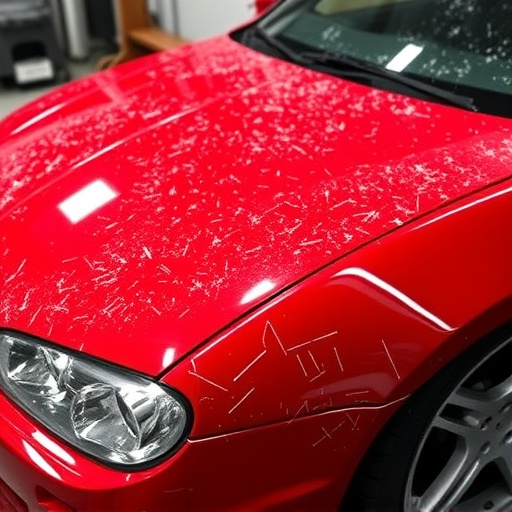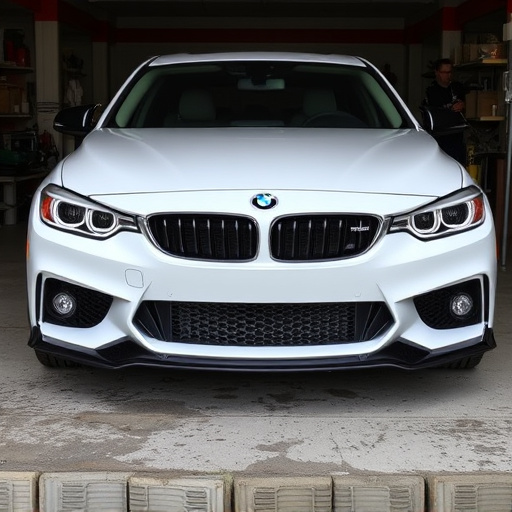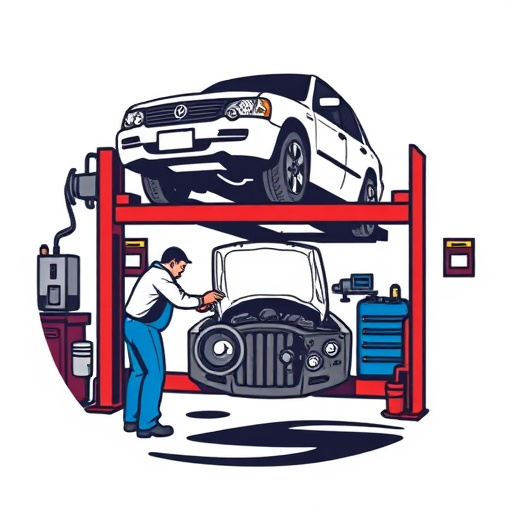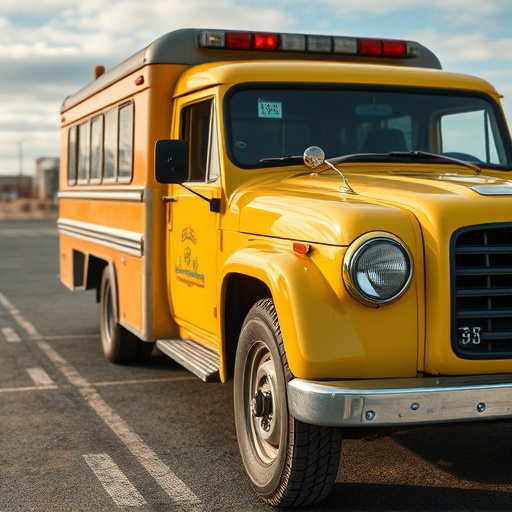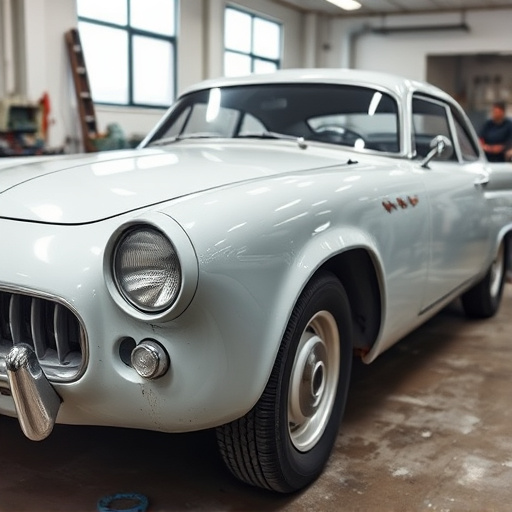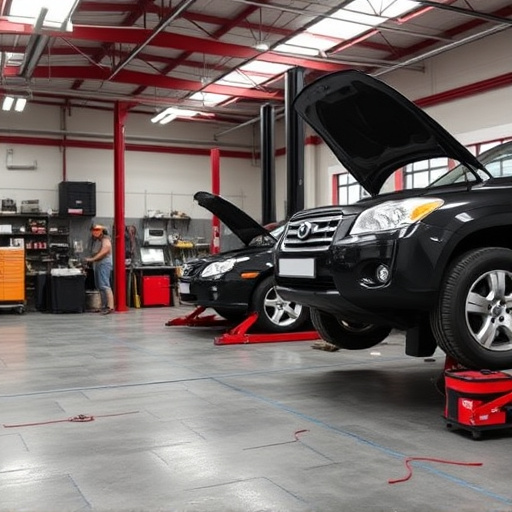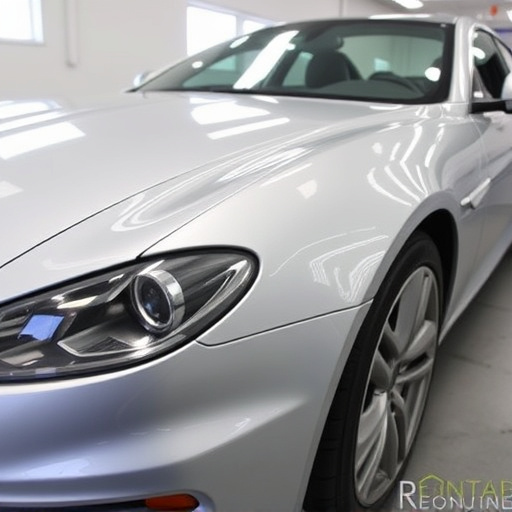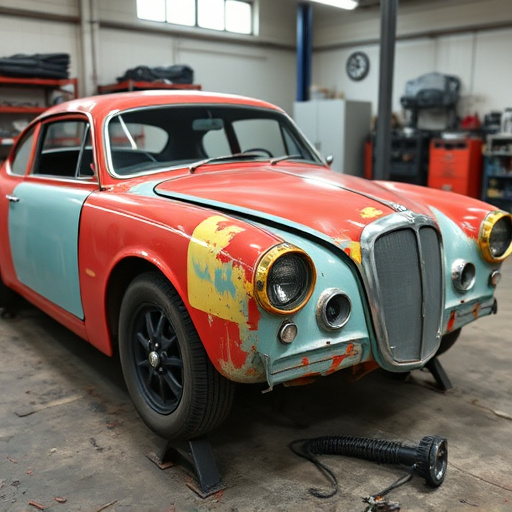Tesla vehicles' advanced technology and lightweight frames present unique challenges in collision repair, particularly for frame straightening. Traditional methods are often ineffective due to their complex suspension systems and structural integrity features. DIY enthusiasts can attempt straightening using specialized tools like jigs and presses, but it carries risks of structural damage if not done correctly. For precise, safe, and reliable results, professional services in automotive collision centers with advanced equipment and expert knowledge are recommended, ensuring Tesla's structural integrity is maintained.
“Explore the world of DIY Tesla frame straightening—a task both intriguing and fraught with challenges. This guide delves into the unique design intricacies of Tesla vehicles and why professional alignment is often recommended. We’ll uncover common methods, from jacking up the car to using specialized tools, and highlight potential dangers and limitations. Whether you’re a passionate enthusiast or a cautious owner, understanding these factors is key to ensuring safety and efficacy during Tesla frame straightening.”
- Understanding Tesla Frame Design and Its Unique Challenges
- Common Methods for DIY Frame Straightening: Tools and Techniques
- Potential Dangers and Limitations: Safety Considerations for Tesla Owners
Understanding Tesla Frame Design and Its Unique Challenges

Tesla vehicles are renowned for their innovative technology and sleek design, but when it comes to auto collision repair, particularly Tesla frame straightening, there are unique challenges. The Frame of a Tesla car is designed with precision and lightweight materials to enhance performance and efficiency. However, this intricate design presents specific difficulties during the straightening process, which differ significantly from traditional car bodywork. Unlike conventional vehicles, Teslas often require specialized equipment and techniques due to their advanced structural integrity features and complex suspension systems.
The challenge lies in maintaining the vehicle’s structural integrity while correcting any dents or deformities without compromising its safety standards. In an auto collision center, Tesla frame straightening demands precise measurement, careful manipulation, and adherence to strict guidelines. Traditional dent removal methods might not be applicable, as they could impact the car’s overall performance and safety features, making it crucial to approach Tesla frame straightening with specialized knowledge and equipment.
Common Methods for DIY Frame Straightening: Tools and Techniques
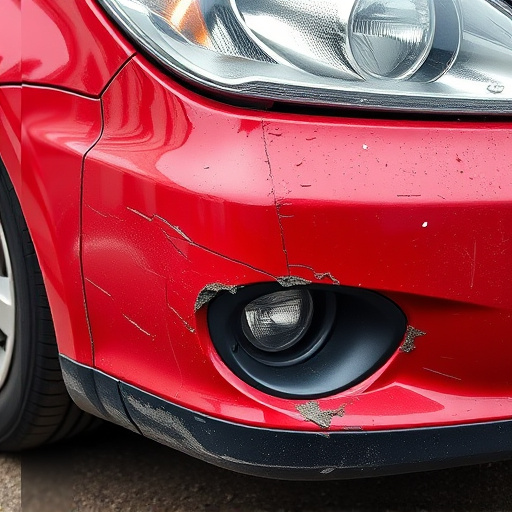
DIY Tesla frame straightening involves utilizing various tools and techniques to realign and restore damaged vehicle bodywork, a process often required for auto body repairs. Common methods include using specialized jigs, hydro-mechanical presses, and hand tools like pry bars and hammering equipment. These tools enable DIY enthusiasts to carefully manipulate metal panels, returning them to their original shapes without compromising structural integrity.
For those seeking more precise results, some opt for advanced techniques such as laser alignment systems and computer-aided frame straightening machines, mirroring professional car paint services and auto body services. While these methods offer high levels of accuracy, they are typically more expensive and may not be accessible to all DIY enthusiasts due to the investment in equipment and training required.
Potential Dangers and Limitations: Safety Considerations for Tesla Owners

Tesla frame straightening, while appealing for DIY enthusiasts, comes with its share of potential dangers and limitations. Safety should be the paramount concern for Tesla owners attempting such a task. Improper techniques or inadequate tools can lead to structural damage, compromising the vehicle’s integrity and safety features. Moreover, working on a Tesla’s intricate frame may void warranties and require specialized knowledge to avoid complications.
Automotive collision centers and car body shops are equipped with trained professionals and advanced equipment designed for precise frame straightening. Opting for these services ensures your Tesla receives expert care, minimizing the risk of further damage or misalignment. Unlike DIY methods, professional dent removal techniques prioritize safety and accuracy, offering a more reliable solution for restoring your Tesla’s structural integrity.
While DIY Tesla frame straightening can be an appealing solution for owners facing misalignment, it’s crucial to approach this process with caution. While some methods offer accessible tools and techniques, inherent dangers and limitations must be acknowledged. The unique design of Tesla vehicles presents challenges that require specific expertise, and safety should always be the top priority. Before attempting any frame straightening, thoroughly research and understand the potential risks, ensuring you have the necessary skills and equipment to avoid further damage or personal harm. Remember, seeking professional assistance from qualified mechanics is often the safest bet for maintaining your Tesla’s structural integrity.

